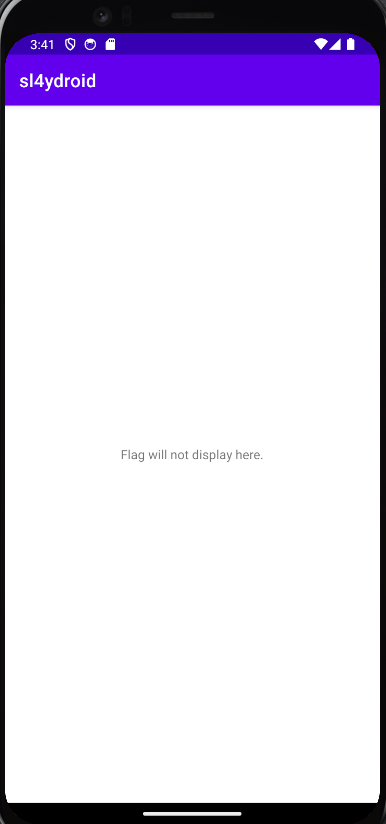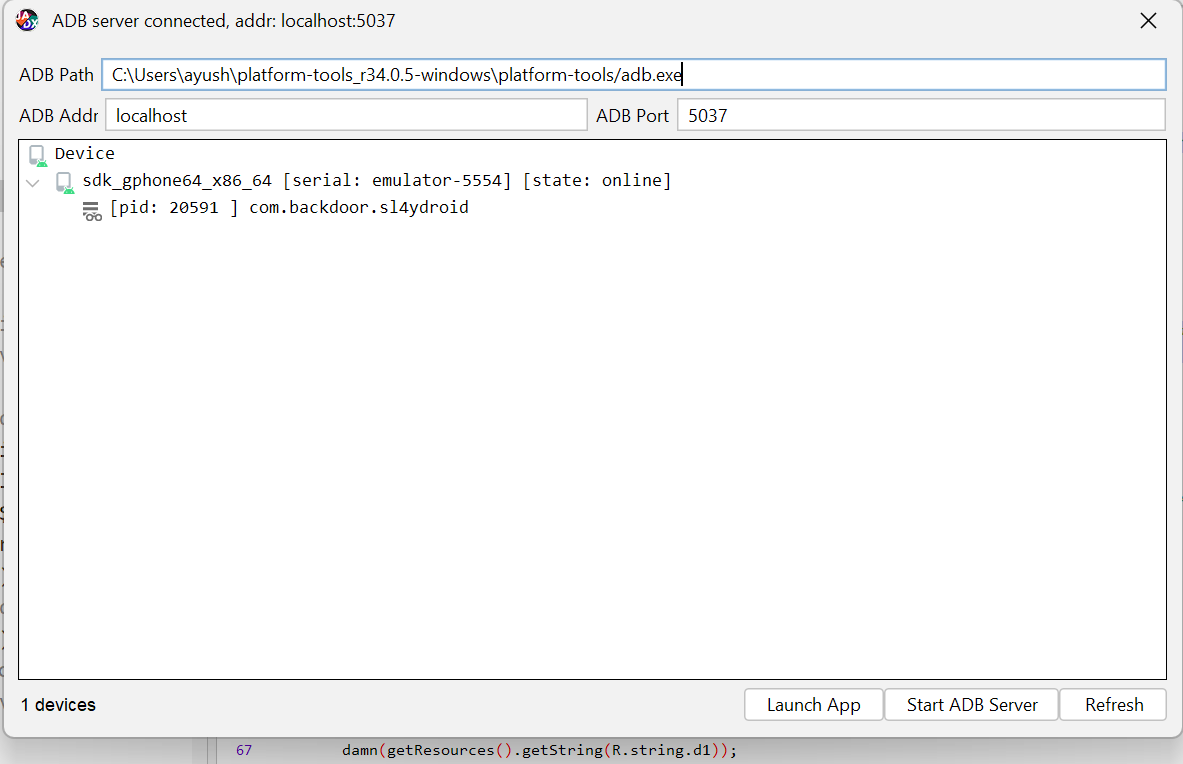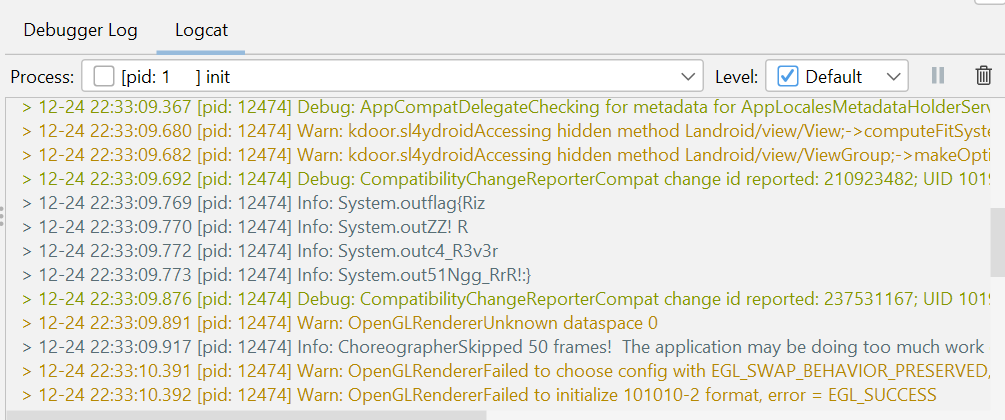I’m sharing writeups for the challenges I created for Backdoor CTF’23, hosted by InfoSecIITR. Here they are :-
Forensics/Headache
Description:- I’ve had a headache since last evening. Is there a magic spell that can cure it immediately?
Challenge File: file
This challenge was beginner level forensics challenge. A png image is given as the challenge file, which seems to be corrupted. As the name of the chall suggests, we should check the header of the png. Using hexedit, first 8 bytes seems incorrect.
Edit correct header bytes 89 50 4E 47 0D 0A 1A 0A and save the file, that reveals the flag.
That was ‘s’ not ‘8’, I am sorry, it was bit cursive :)
Flag:- flag{sp3ll_15_89_50_4E_47}
Forensics/Drunk
Description:- I was offered a famous Italian drink along with a message, but it affected me in such a way that I couldn’t decipher it. Need your help and please don’t make excuse if you can’t.
In this challenge, something.txt and encoded.bin are provided. In something.txt file, there seems to be some type of encoding, so to figure out this, I use cyberchef. It is octal encoding followed by hex and then base64 encoded. We get zlMg5K3TobbFh_8l7doDT_408rH7Md_W3Oc1yKX1FrA=.
Now, the real challenge starts to figure out what encoded.bin is all about. In encoded.bin, data seems to be encrypted. The string we got from something.txt may be the key to decrypt it. Let’s try to get the encryption method. From the description, Italian Drink. Try to google about Italian drinks and some cryptographic encryption methods, Fernet will be the result (Fernet-Branca is an Italian armaro). Though you have to google it hard. Now, it becomes super easy to decrypt the data. This is the following script I used to decrypt the data.
from cryptography.fernet import Fernet
from PIL import Image
import io
def decrypt_image(encrypted_image, key):
with open(encrypted_image, 'rb') as file:
encrypted_data = file.read()
f = Fernet(key)
decrypted_data = f.decrypt(encrypted_data)
decrypted_image = Image.open(io.BytesIO(decrypted_data))
decrypted_image.save('decrypted_image.png')
if __name__ == "__main__":
encrypted_image = "encoded.bin"
encryption_key ='zlMg5K3TobbFh_8l7doDT_408rH7Md_W3Oc1yKX1FrA='
decrypt_image(encrypted_image, encryption_key)Though this challenge involves cryptographic part but forensics is incomplete without cryptographic as all encryption methods use it. Fernet is one of the most common encryption methods used in forensics.
Flag:- flag{Th1s_time_n0t_cURs1v3}
Rev/Open Sesame
Description:- Whisper the phrase, unveil with ‘Open Sesame’.
Challenge File: file
An apk file is provided as the challenge file. First open this apk in JADX tool to see its source code. After opening the apk in Jadx, navigate to com.example.open_sesame.MainActivity. This app requires UserID and Key, and if they are invalid, Invalid credentials. Please try again." will be displayed, but valid UserID and key will not display the flag. For this, understanding the code logic is must. We have few functions here : n4ut1lus, sh4dy, it4chi, sl4y3r and flag.The valid_password is 4l1baba (from the given ascii codes), and AppCompatDelegate.FEATURE_SUPPORT_ACTION_BAR has a constant value 108. Now, it4chi function extracts digits from the password (4,1), sh4dy function appends the digits and return as string (41) and sl4y3r function subtracts 1 from the number (40). Now, in flag function, U|]rURuoU^PoR_FDMo@X]uBUg is xored with 40. This will give us the flag.
Flag:- flag{aLiBabA_and_forty_thiEveS}
Rev/Sl4ydroid
Description:- This challenge has got some Rizz !!
Challenge File: file
This challenge is based on dynamic debugging of Android Application. Open the app on JADX, and naviagte to com.backdoor.sl4ydroid.MainActivity to see its source code. This app loads a native library named sl4ydroid using System.loadLibrary(). The class declares several native methods damn, k2, kim, nim that are implemented in native code, not in Java. These native methods are invoked within onCreate method of MainActivity class with strings as parameters which are retrieved from the string resource using identifiers, like (R.string.k1). 
So, the implementation of these methods are in native library. Extract the library by either unzipping it or using apktool. So libsl4ydroid.so will be extracted in lib/ folder. Open it in IDA or any other debugging software (I personally prefer IDA) and try to reverse the code. To get the flag, there are more than one approaches that can be followed. I’ll discuss few of them here. First, flag can be found by static analysis but that can be bit complex and time consuming process. If we look at the pseudo code, we can clearly see that it involves a RC4 function: ring. So this hints, we should debug it dynamically. To do dyanmic analysis, we have to set up Remote Android Debugger. For this, either use emulator or your own android device (provided developer mode is on). Through adb, install the apk and start android server (There are many blogs explaining this process, though it is applicable for IDA pro). After successfully setting up the debugger, attach the process (of this apk) and debug the code dynamically now.
This process seems bit lengthy and sometimes it can be bit uncertain (as I have gone through it often:) ). Interesting thing to notice in the code is System.out.println(message) under the functions sh4dy, sl4y3r, it4chi and n4ut1lus. It might be possible that these methods are being called from native methods using JNI (can be viewed in IDA). Let’s try to log these results. For this, we use JADX debugger, launch the app on emulator or own device and click Launch App. In logcat, we have our flag. This challenge has surely got some Rizz :) 
Flag:- flag{RizZZ! Rc4_R3v3r51Ngg_RrR!:}
Hope !! You all enjoyed the challenges.




